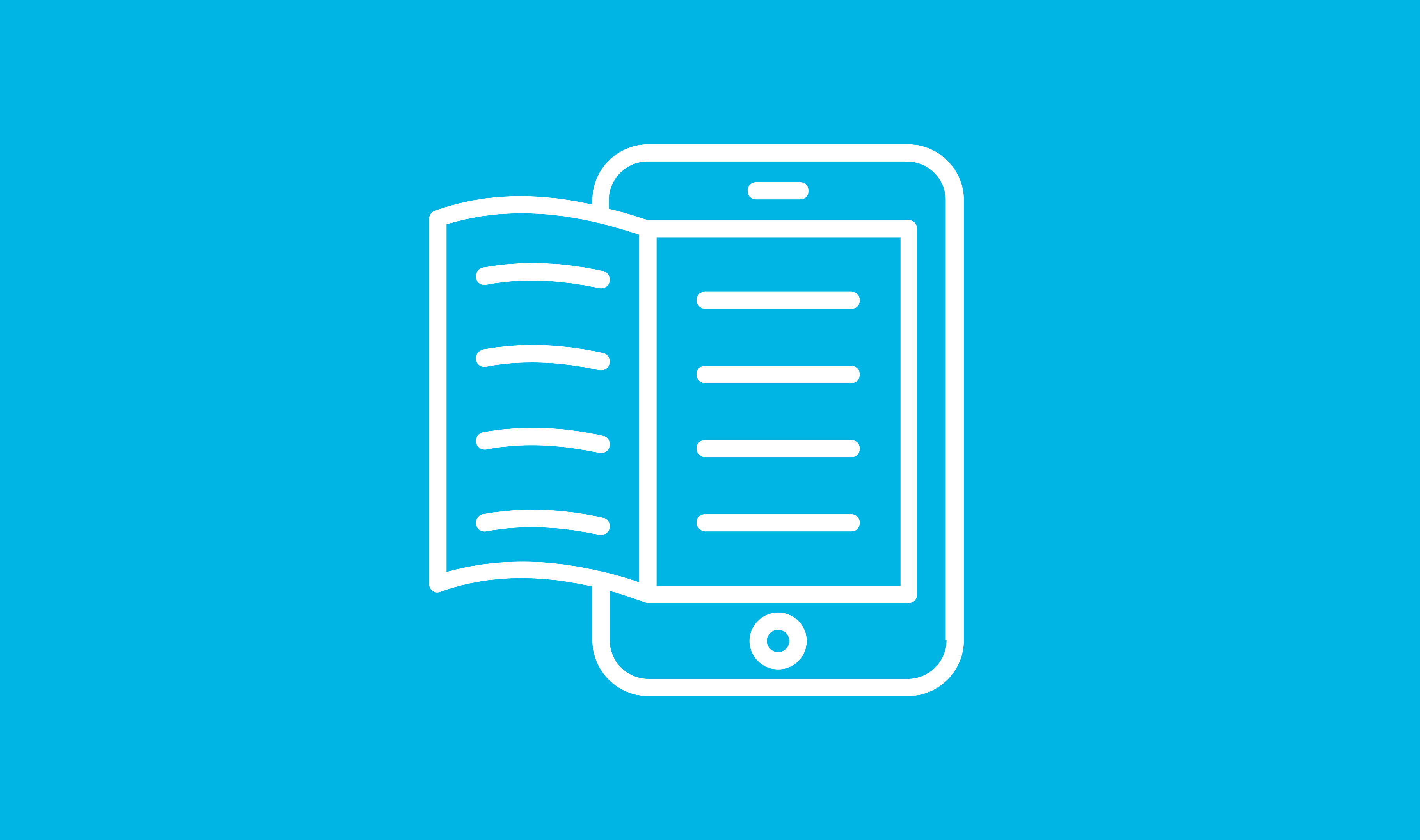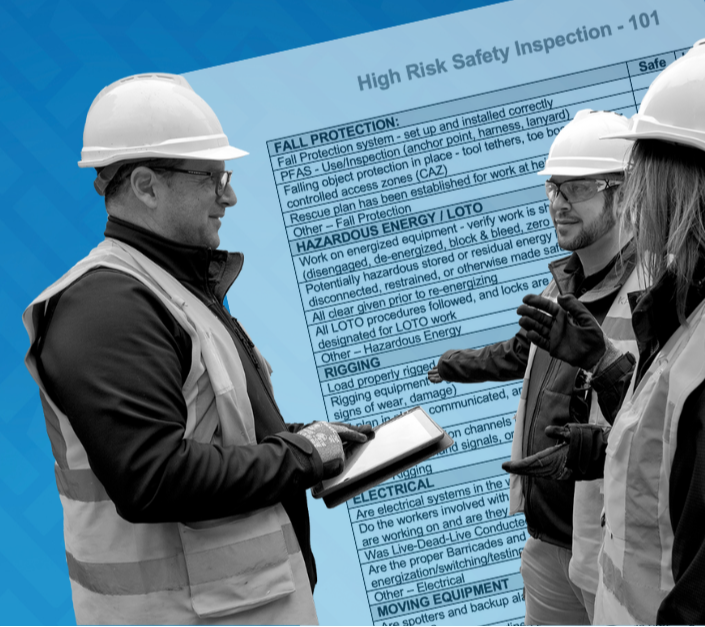Is your plan to acquire contractor safety management software under the microscope? We feel your pain. It’s frustrating when a construction safety platform is scrutinized from a profit vs. cost point of view when really it should be a no-brainer.
If a chief financial officer wants workers to be safe, then why play roulette with people’s well-being? Alas, it is their job to say, “show me the money”. The CFO must look at the cost benefits of investments in compliance, risk and safety software from a bottom-line perspective. And this is a good thing because it keeps your company afloat and connects your safety program to the overall business strategy.
Alongside meeting OSHA requirements, reducing risk, and optimizing productivity, the CFO must also determine the value and return on investment for all procured goods and services, especially on something like your construction safety software. Just as they would analyze the potential costs of workplace injuries, such as herniated disc settlements which can range from $50,000 to over $1 million in Florida according to a recent article, they must weigh the benefits of investing in safety measures.
This actually works in your favor. Let’s face it, the teams in the trenches are so focused on daily tasks, that things like continuously improving safety and selecting software can fall by the wayside. This is why your CFO must view things from the bird’s nest - to make sure that your ship has passengers (happy clients), and that it avoids icebergs (like inefficiency and injury). So, if your CFO is firing away with questions about your idea to acquire a construction health and safety software, hand this analysis over.
Safety Ratings Mean Business
When you pile on safety metrics and ratings, the benefits of contractor safety management are easily realized in the long run as well. Let’s take your workers’ compensation insurance, for example. Insurance companies use your experience modification rating (EMR) to develop your workers comp coverage premium. If your company has a good safety record and a low EMR (typical ratings below 1.0 are favored), savings will be on your side.
Alternatively, a poor safety record and high EMR not only will mean higher premiums, it lowers your ability to submit bids. A low score may immediately take you out of the running for some of the most desirable projects like government jobs or large commercial wins.
Safety Program Investments Saves Lives and Money
When the National Safety Council crunches the numbers on the benefits of contractor safety management, it proves that construction safety software is a worthy investment time and time again. Council studies show that when an employee gets injured, it not only creates pain and suffering to the individual, it gives rise to multiple layers of company loss.
Dating back to 2012, Council reports detail this ripple effect in the form of wage loss, medical expenses, administrative expenses, and employer costs, and sometimes property and vehicle damage as well.
In its 2019 report, injury-related liabilities totaled on average $1,100 per worker. Add in medical issues and things escalate quickly to a colossal $42,000. Should there be a worst-case scenario fatality, your corporate liability soars to well more than one million dollars.
Let’s say your employer is found negligent for an incident – in that case, the potential add-on expense is up to $132,598 per violation. And typically, most construction site incidents result in multiple citations.
Plus, there are the indirect costs of workplace injury and illness. This can include things like:
- equipment and property repair
- training of replacement employees
- productivity loss
- low employee morale
- absenteeism
- investigation of the accident
- corrective measure implementation
- reputation control
- loss of business
- employee retention and hiring challenges
Intangible variables like those above make it difficult to nail down the exact workplace injury cost liability, however, a good place to start is with the OSHA $afety Pays Program Estimated Costs of Occupational Injuries and Illnesses and Estimated Impact on a Company's Profitability Worksheet. This quick calculation takes the full picture into account: your profit margin, your average cost of injury or illness per worker, and your indirect cost multiplier, to project the sales number your company would need to hit to cover the costs of one incident.
Put the calculator to the test and see what happens if one worker has a concussion is a company with a 3% profit margin. (Spoiler alert: this singular minor head injury will cost your company more than $3.5 million).
Real-world field data proves the safety benefits are not just in concept – they’re the real deal. According to an industry study by Dodge Data & Analytics, contractors report the following job site impacts of safety:
- 38% of contractors report a positive impact on their budget
- 73% report a reduction in reportable injuries
- 63% report an impact on quality
- 79% report an impact on job site workers’ willingness to report unsafe conditions
- 72% of contractors report safety practices having a positive impact on their standing in the construction industry
- More than two-thirds report they believe safety practices have a positive impact on their ability to find new work
- 44% percent believe that their safety practices had a positive impact on staff retention
Dodge Data & Analysis Senior Director Steve Jones elaborates. “Consistently, contractors have reported that they receive project and business benefits from safety.” He confirms, “Safety investments clearly pay off in measurable ways and in ways that are harder to quantify, but that still have a major impact on a contractor’s business.”
The Benefits of Contractor Safety Management Software
When everyone is on the same page, then it’s time to research construction safety software options. Your priority is to streamline safety processes through software that optimizes operations, from job site orientation to project planning.
We designed a compliance, risk and safety control tower with construction so you can win work with a centralized solution that increases productivity by up to 16% and reduces insurance claims costs by up to 32%. For more information, visit http://www.hammertech.com.





